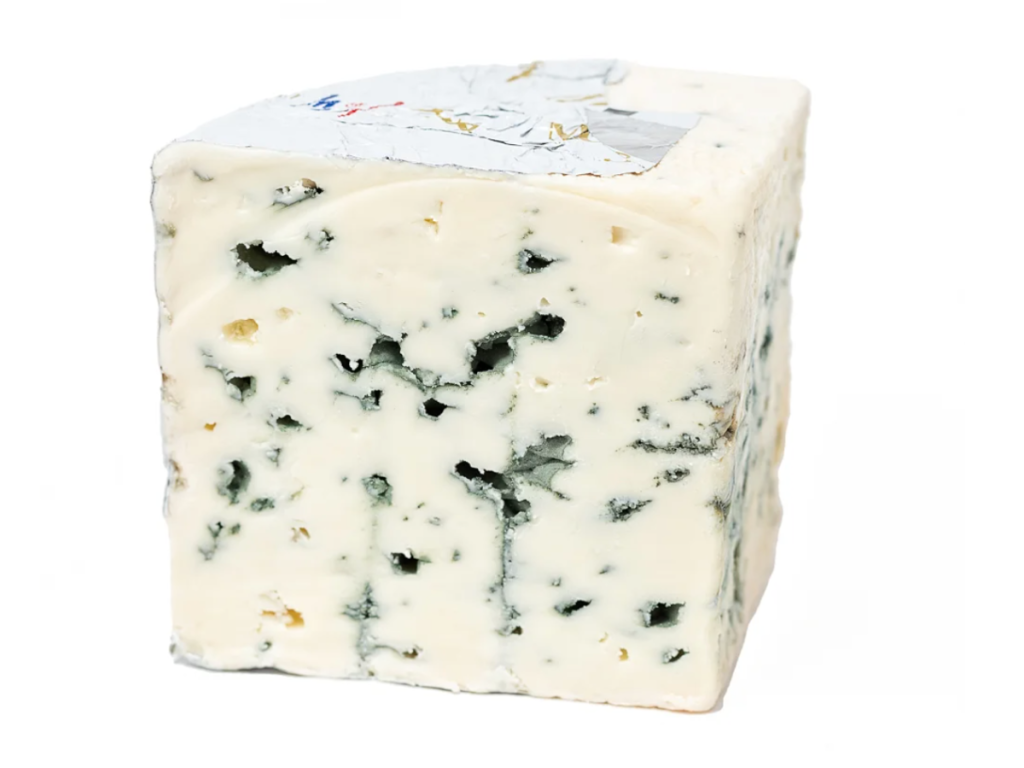|
The legend of Roquefort is one that weaves both failure and success into a very good story. It’s a story in which there’s really no revered hero—the main character is anonymous, a bit more like my Doc Marten 8266s than a mainstream movie star—but the story has, many centuries later, brought us one of the best cheeses in the world. The traditional tale is that a shepherd left some of his bread and cheese in a cave by mistake and that when he returned many weeks later, the mold that had formed on the bread in the moist environment had spread to the cheese as well. Being bold and/or hungry, he decided to eat it anyway. It was delicious. The rest is an important element in cheese history.

Roquefort—Papillon, or otherwise—fascinates me. Over the years, it’s absolutely earned a spot on my list of top 10 favorite cheeses of all time. For openers, I love to eat it. Although blue cheeses are often wrongly chastised for their pungent aromas, I find the smell of a soft wedge of ripe Roquefort enticing; earthy, buttery, exquisite. And I’m seduced by its softness—at room temperature, it’s almost velvety smooth; it will literally melt on your tongue, like a perfect chocolate truffle. Most of all, I love the flavor—it’s often described as “nutty,” but I’ll add bold, with a hint of butterscotch; the finish is substantial, long, and lingering.
Papillon was founded by Paul Alric in 1906, in the village of Villefranche-de-Panat, about 45 minutes northwest of Roquefort. It has always been one of the smaller firms in the region. Still family-owned, the firm has nearly 200 hundred farms producing milk for its cheese. Even with that, it accounts for only about 10 percent of Roquefort. Like Gilson, Papillon today is an interesting blend of modern technology with a devotion to tradition. Its cheeses are made at a neat new facility. They use mechanized stirring of rennet and starters, and have developed a machine to cut curd, which they say they designed to “carry out human gestures.”
Today in 2023, Papillon is proudly the only producer still making its own mold from the traditional loaves of rye bread—all the others buy prepared mold from labs. Papillon employs a baker year-round to make bread and keep the mother mold alive. The Alrics are adamant that this more traditional mold leads to a creamier texture, and my experience bears that out. I love the Roquefort—always at room temperature—spread onto toasted Country Miche or a chuck of fresh French baguette. Great on salads, or with fresh pears or apples. Delicious with the dates from Rancho Meladuco or some of the Red Walnuts. Or with the Spiced Pecans.
|
